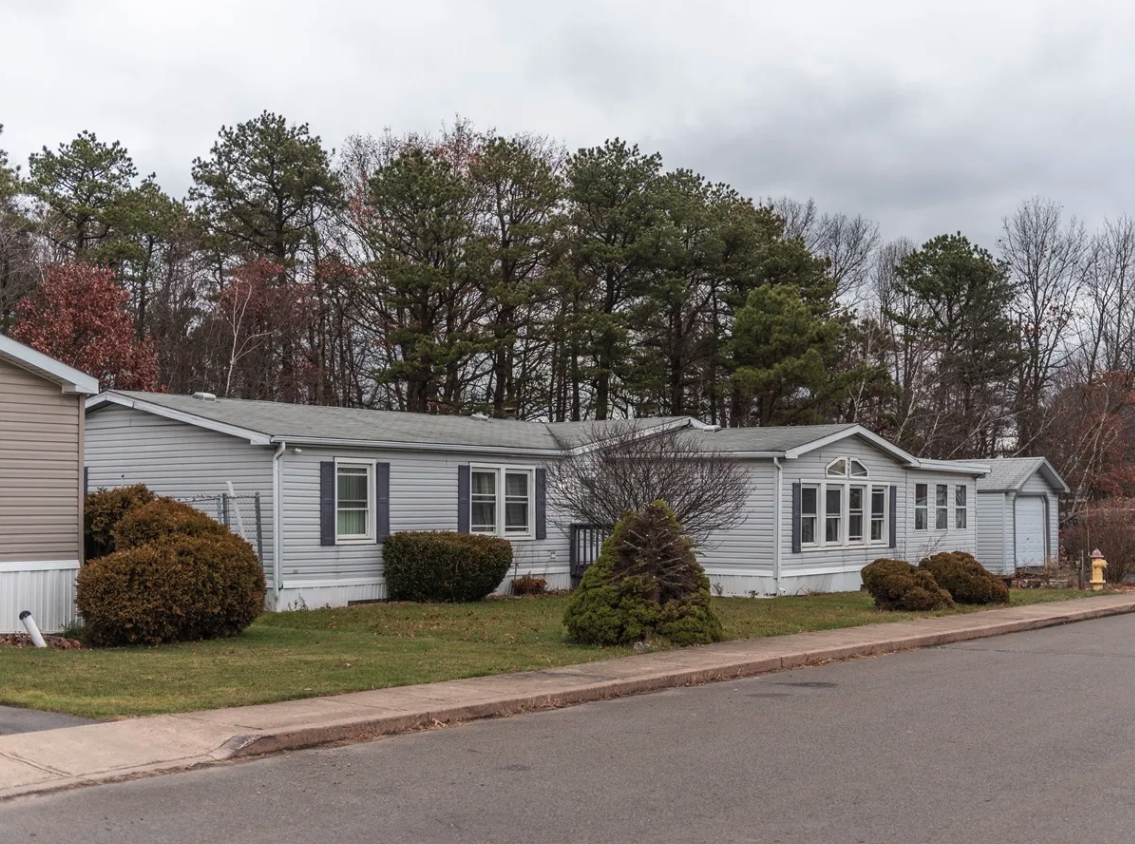Why MHCs Will Be Hot in 2025 and Beyond
Banking on its inherent affordability and independent, self-sustaining nature, manufactured housing has continued to shine over the past decade. Nowadays, demand is through the roof, supply is barely catching up, rents are accelerating, and occupancy is as high as it’s ever been.
“Since 2014, when national manufactured housing occupancy rates sat at 86.5 percent, the rate has risen an average of 90 basis points annually,” said Anthony Pino, manufactured housing specialist with Northmarq. And the healthy occupancy has been complemented by gradual rent increases, which hit 7.7 percent over the past 12 months.
These robust fundamentals have been steadily attracting new institutional investors and REITS, ultimately leading to further consolidation within the space. Other reasons why this asset class is getting so much attention include the land-lease model that reduces capital expenditures for operators, and the fact that MHCs operate without government subsidies, providing a stable, market-driven approach to affordable housing.
Birch Knoll is a 92-lot manufactured housing community in Hazleton, Penn., that changed hands this summer in a deal brokered by Northmarq. Image courtesy of Northmarq
“It often represents the lowest-cost primary housing available” said Mike Nissley, founding member of the Manufactured Housing & RV Group at Colliers. “Investors find the manufactured housing sector appealing as it aligns with essential macro investment themes, namely affordability and senior housing demand.”
Additionally, what continues to drive the investment appeal is the benefit of not owning the habitable dwelling. The parks can operate on a 40 to 55 percent expense load or an expense per site of $3,000 to $5,000, depending on the property tax format for each state, according to Danny Douglas, senior managing director with The Danny Group at Marcus & Millichap. And as interest rates drop, the asset class’ appeal to institutional investors looking for an attractive long-term yield and stability will only grow.
Where do opportunities lie?
Like with conventional multifamily assets, some of the most coveted markets for MHC investment are in the Sun Belt, mostly in states that are popular retirement destinations such as Florida, Texas, New Mexico and Arizona. Mountain-states such as Utah, Colorado and Montana are also on investors’ radars, as well as states in the Mid-Atlantic where there’s a large concentration of private mom-and-pop owners. These regions all have certain things in common: strong demographics—often driven by job opportunities, affordable cost of living and favorable climates, economic diversity and business-friendly environments.
On the development front, there are even more opportunities throughout the country as demand for this affordable type of housing is only growing, and manufactured housing supply is far from keeping up. The high cost of land and the significant the red tape around this asset class are among the barriers to entry for developers.
“In California, it has been nearly impossible to develop new communities as the municipalities make it extremely cost prohibitive,” said Dustin Wilmer, first vice president of The Danny Group at Marcus & Millichap. “I believe most of the restrictions for development in prohibitive states come from a lack of knowledge of our product type, a view that these communities are still considered lower class trailer parks and, simply, less tax revenue.”
With interest rates on a downward trajectory, we can expect more capital to be poured into the sector. However, most of it will likely go toward improvements to existing properties—such as upgrades to community amenities, infrastructure and overall curb appeal—rather than new development. Manufactured housing operator and developer Havenpark, for example, is already on track to invest more than $30 million across its portfolio this year, with plans calling for substantial investments in 2025 as well.
“We are seeing some development, but very rarely,” said Robbie Pratt, the CEO & co-founder of Havenpark. “There are very few MHC developers at the moment and even fewer MHC operators who are able to successfully pull it off.”
What to expect in 2025
With a new White House administration and the high potential for a tax law change, most players in the sector hope that 2025 will bring more clarity and stability after 24 challenging months where capital mostly sat on the sidelines due to the unpredictable market conditions.
“Our belief is that the best place to weather the potential storm is as an owner or investor, and my experience in the 1990s indicates that the retention or acquisition of MHC/MHP/TP is the best choice for 2025,” Danny said.
Lower borrowing costs are expected to boost deal flow, and create consolidation opportunities for REITs and other existing owners. Meanwhile, manufactured housing communities will likely continue to attract new investors into the sector because of their unique characteristics, Pratt said.
“They are rare because it accounts for less than 1 percent of home stock in most major markets,” he explained. “They are irreplaceable because getting new MHC zoning and entitlements approved in attractive living areas within good metro areas is exceptionally difficult to do. And they have incredible demand because they are the lowest cost of homeownership in nearly every market in America.”
One company that has been an MHC investor for three generations is Three Pillar Communities. As of today, the California-based firm operates more than 75 communities across 13 states. Co-Founder Daniel Weisfield intends to keep growing his company’s footprint, while also showing other investors that by overcoming the decade-long stigma associated with MHCs they can leverage this asset class’ full potential for good returns.
“Investors will continue bifurcating into two camps with regard to manufactured housing: those who get it and those who don’t,” Weisfield said. “Those who get it are highly thesis-driven. They look at all overall housing supply and demand. They look at how much manufactured housing residents love the product. They look at manufactured housing rents on a continuum with apartment rents, and they therefore see MHCs as rare assets that rightfully command premium prices.”

